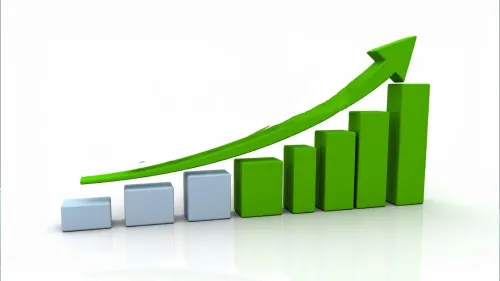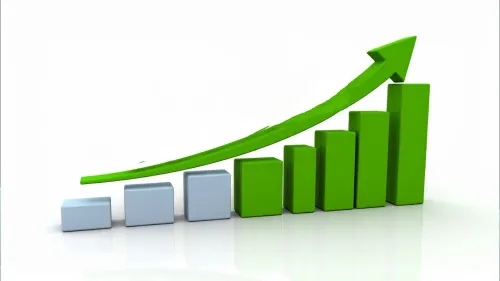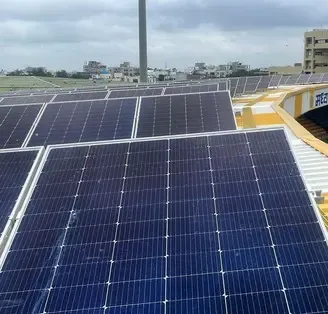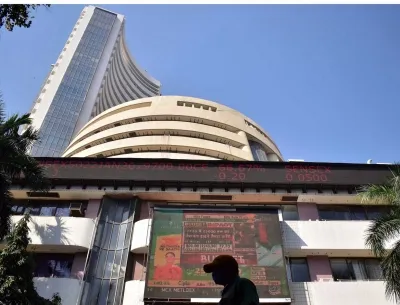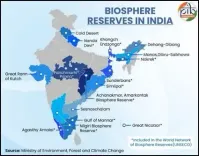Is India's digital economy set to hit $1 trillion by the end of 2025?
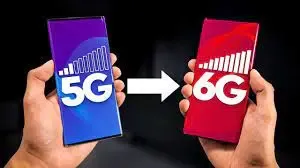
Synopsis
Key Takeaways
- Projected digital economy value: $1 trillion by 2025.
- Urban wireless tele-density: 131.45%.
- Telecommunications contribution: Over 6.5% to GDP.
- Healthcare transformation: IoT devices improving patient monitoring.
- Agricultural productivity: Yield increase of 28% through precision farming.
New Delhi, May 20 (NationPress) The urban wireless tele-density has reached an impressive 131.45%, and the telecommunications sector now contributes over 6.5% to India's GDP, marking a significant turning point as connectivity expands beyond traditional confines, according to the Digital Infrastructure Providers Association (DIPA). The digital economy is expected to soar to $1 trillion by the end of 2025, reflecting the transformative changes underway across various sectors, from healthcare to agriculture, education to transportation.
“We are witnessing the emergence of ambient intelligence, where connectivity serves as the unseen force that empowers every facet of daily life,” stated Manoj Kumar Singh, Director General of DIPA.
India's telecommunications framework is evolving beyond mere communication; it is becoming the neural network of society.
“The future is shaped by connected living spaces where automated systems, mesh networks, and intelligent applications collaborate to enhance human experiences. This represents not just an incremental progress but a comprehensive reimagining of how technology benefits humanity,” Singh elaborated.
The magic unfolds within the invisible mesh networks that envelop the country.
By March 2025, India's telecom operators are projected to have installed a staggering 4.78 lakh 5G Base Transceiver Stations, contributing to a total of 30 lakh BTSs across various technologies.
However, the real innovation lies not solely in the infrastructure but in the possibilities it unlocks—a continuous, self-repairing network of communication empowering millions of intelligent devices to function harmoniously.
In the healthcare sector, connected living has transformed patient monitoring via IoT medical devices that relay critical data to AI systems capable of identifying anomalies long before they become clinically significant.
Rural communities, once lacking access to medical expertise, can now receive specialized care through high-definition telemedicine facilitated by robust connectivity.
Singh noted that agricultural productivity has seen a leap through precision farming networks, where thousands of sensors monitor soil health, weather conditions, and crop vitality—automatically optimizing irrigation and nutrient delivery while forecasting ideal harvest times.
Farmers have reported an average yield increase of 28%, alongside a 31% reduction in water usage.
“Education has undergone a revolution through immersive connected classrooms that eliminate geographical barriers. Students in remote areas can now learn from the nation’s top instructors through near-holographic experiences, manipulating virtual objects and engaging in collaborative experiments from afar,” Singh remarked.
The Smart City Mission has successfully completed 7,549 projects at a cost of Rs 1,51,285 crore, illustrating how telecommunications can create responsive environments that meet human needs without conscious interaction.
“Connected living signifies a paradigm shift from reactive to predictive systems,” emphasized Singh.
The vision looks ahead to a commercial rollout of 6G by 2030, which promises to further blur the lines between the physical and digital worlds.

